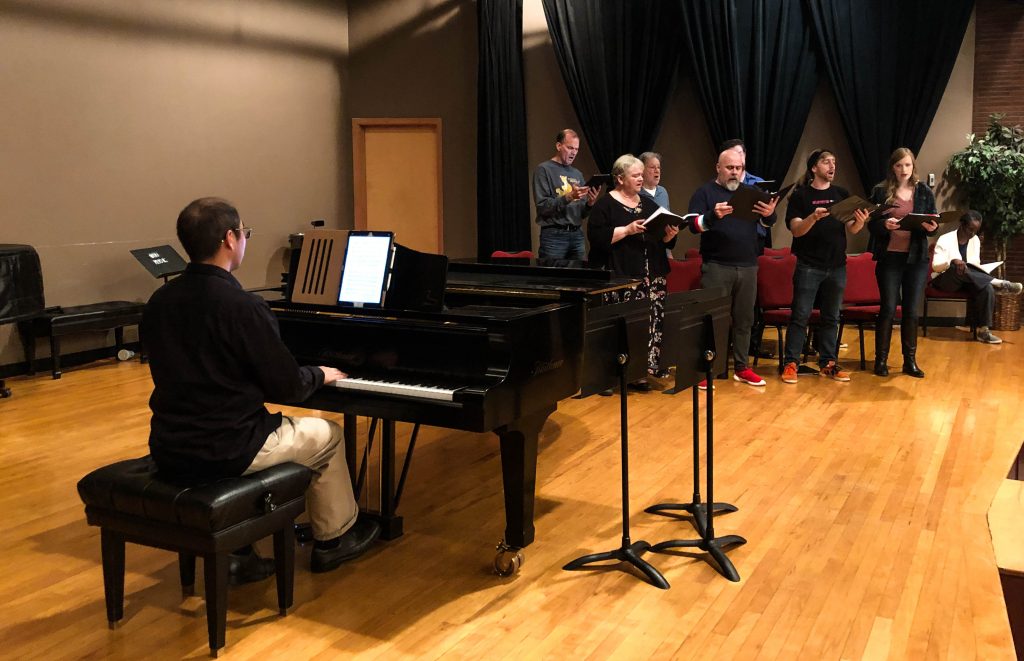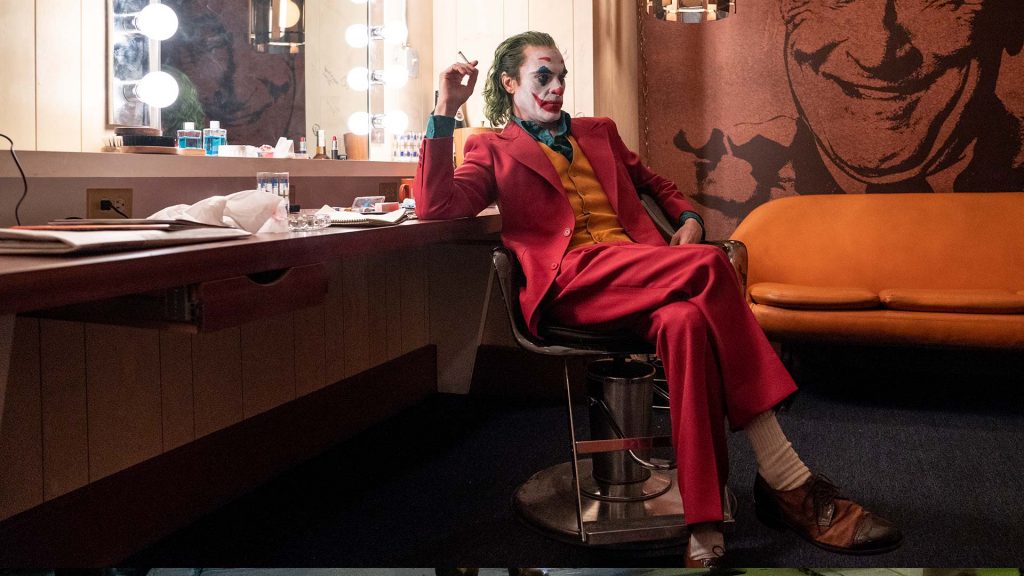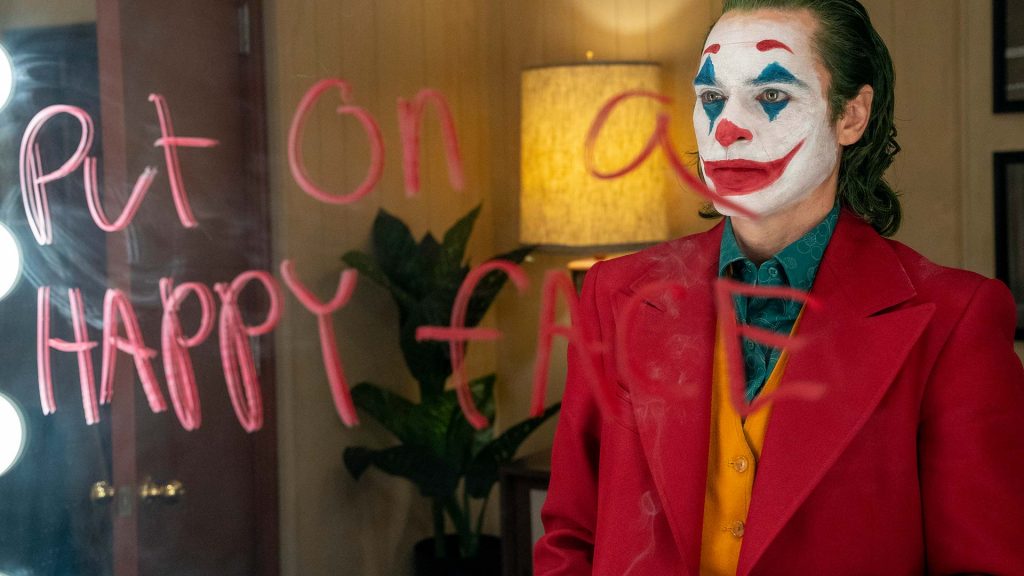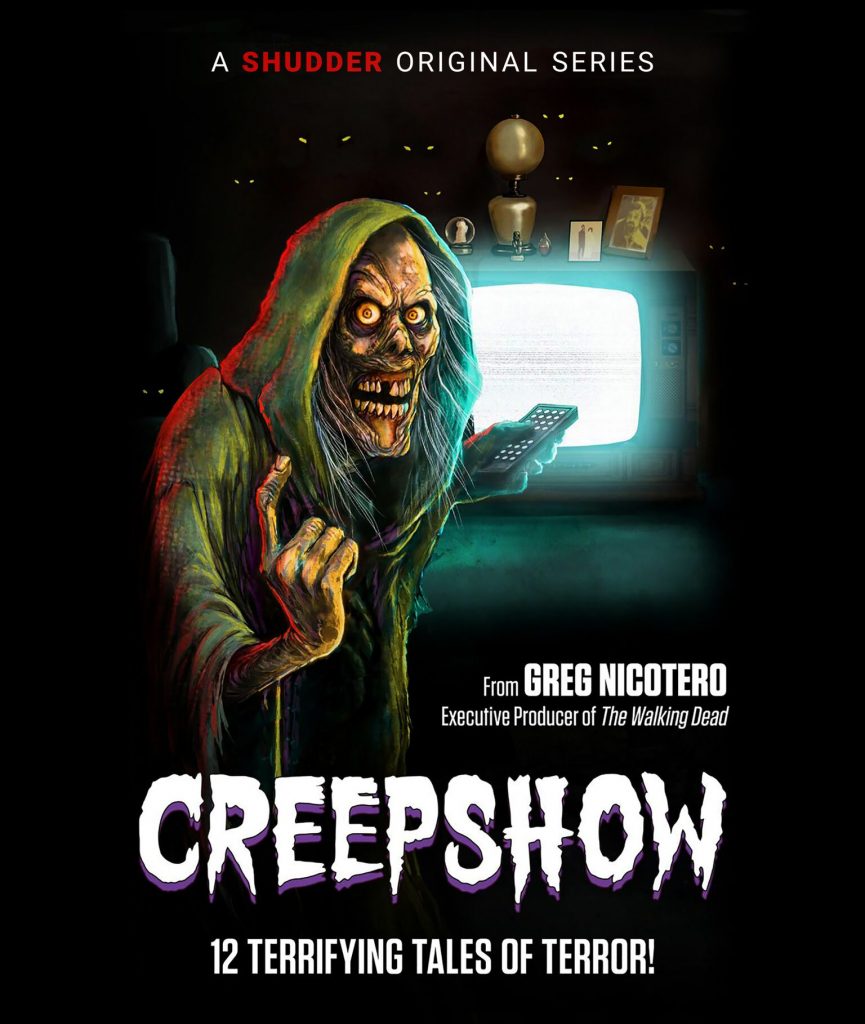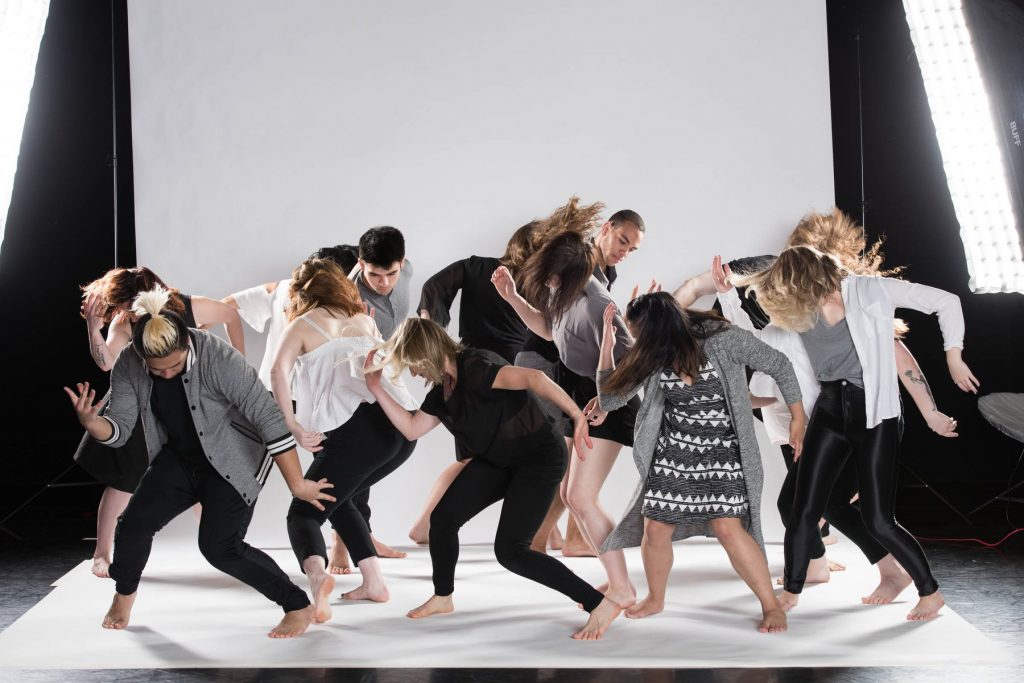
Never Retallack | Entertainment Editor
Bedroom pop — what is it? According to the Urban Dictionary, it is “a genre (of) DIY indie music, bedroom pop is characterized by its lo-fi quality and often contemplative lyrics. Guitars and vocals often feature heavy use of reverb or delay.”
This genre is similar to other styles such as shoegaze, dream pop, jangle pop and emo.
For those that typically listen to this kind of music, they’ll want to check out up-and-coming bedroom pop artist “girl in red.”
Marie Ulven is only 20 years old and has slowly risen to fame since her debut in her home country of Sweden in 2017. Her first song released, “i wanna be your girlfriend,” was unapologetic and unique. Ulven frames a lot of her music on love, as do most pop artists, but she makes it clear that she is not straight and not ashamed.

Her songs can also touch on darker subjects such as depression and death, and despite the somewhat sinister lyrics like, “Summer depression, so much time to question my life,” from her song “summer depression” I still find myself singing along with a smile.
Her most recent album, “chapter 2” released on Sept. 6 contains only five songs, but each one is catchy and a must-listen. The first song on this album, “watch you sleep.” is quite slower than her other songs, and stars her voice without the intense guitar and drums that normally accompany her music.
I was lucky enough to see Ulven perform in Portland at the Holocene club on Sep. 22. The stage was small as well as the venue itself — there was no more than about 150 people there — and despite Ulven being such a young artist, her fan base was quite diverse.
Ulven danced on stage like nobody was watching, and even though she played a guitar the whole show she had no problem jumping along with the audience. At one point she crowd surfed, despite her manager initially saying no — she convinced him while standing on stage — excitedly throwing herself into the crowd and singing all the while.
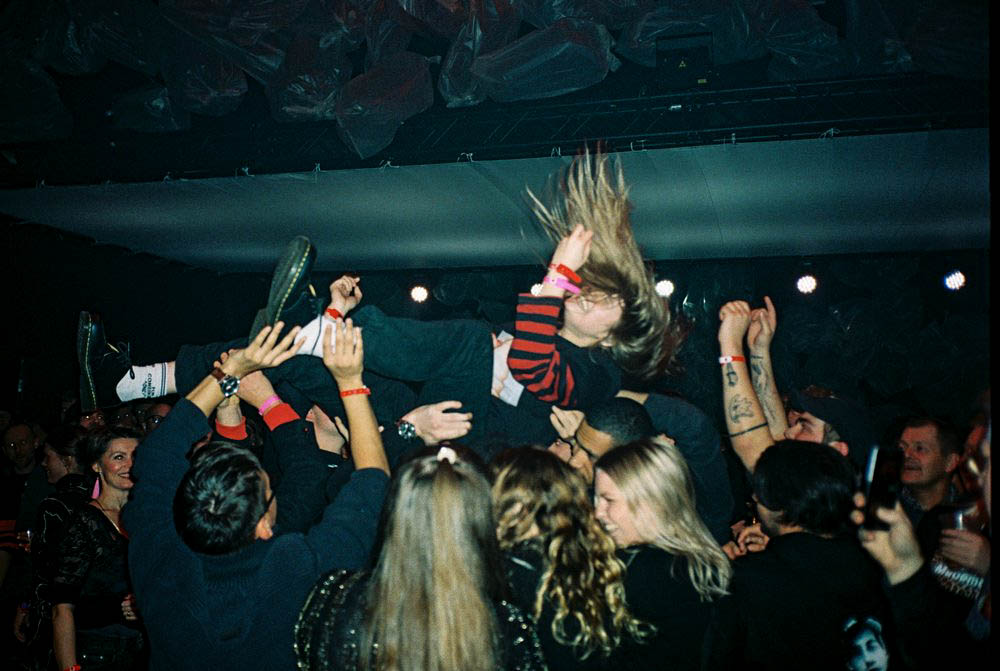
An interesting quality about Ulven that I noticed is her personality, perhaps it’s because she is still a relatively small artist, but she made sure to talk to audience members before, after and during the show. Joking around about relatable things such as procrastination and having a caffeine addiction.
Her quirky and fun-loving attitude resonated differently than her angsty and dark music.
Ulvan has been featured on several up and coming artists to look out for lists, including Ones to Watch, praised for her ethereal voice and modest behavior.
The style of bedroom pop has been on the rise with famous artists such as Clairo, Foxes of Fiction and King Princess. They all feature similar music of complex or poetic lyrics accompanied by heavy-lidded artists who sing alongside intense guitar and drums.
Contact the author at howlentertainment@wou.edu
Photos courtesy of worldinred.com





